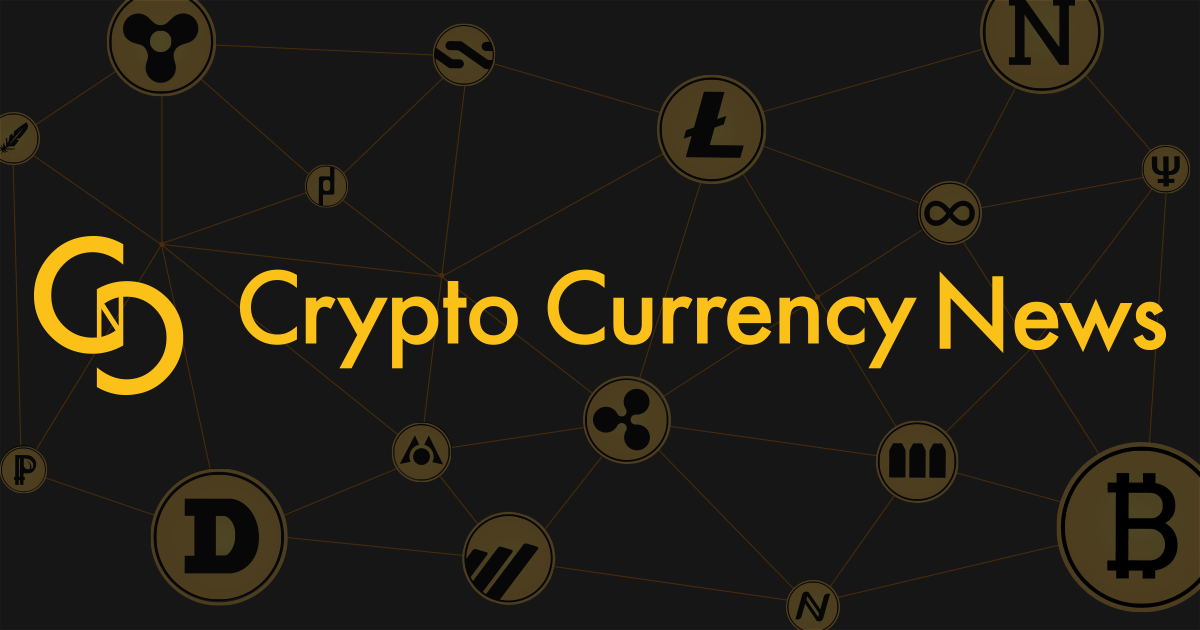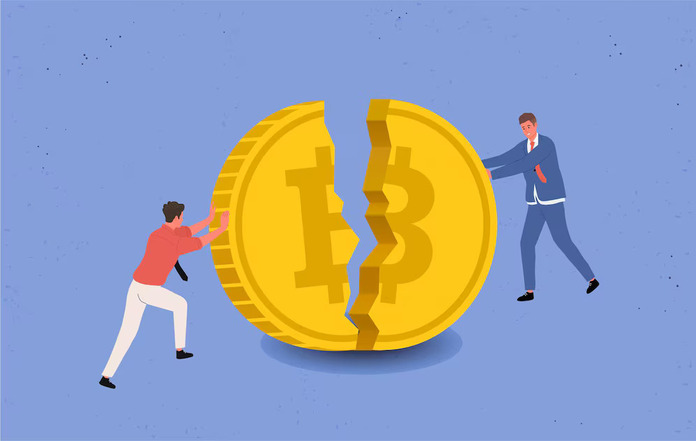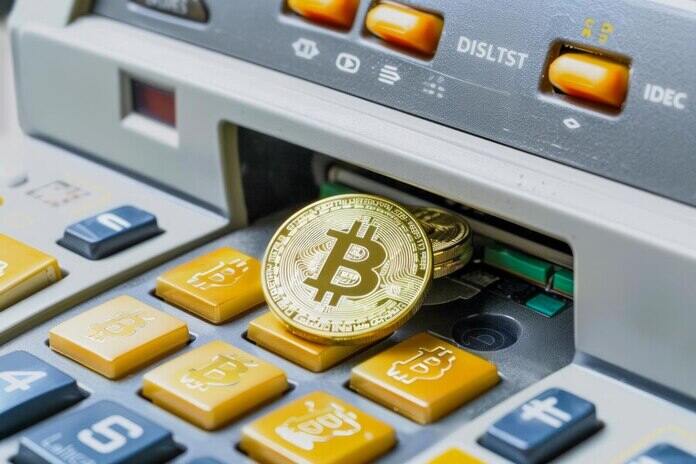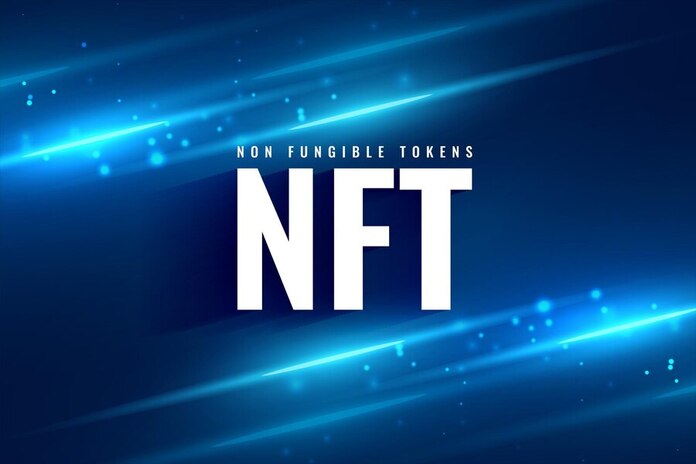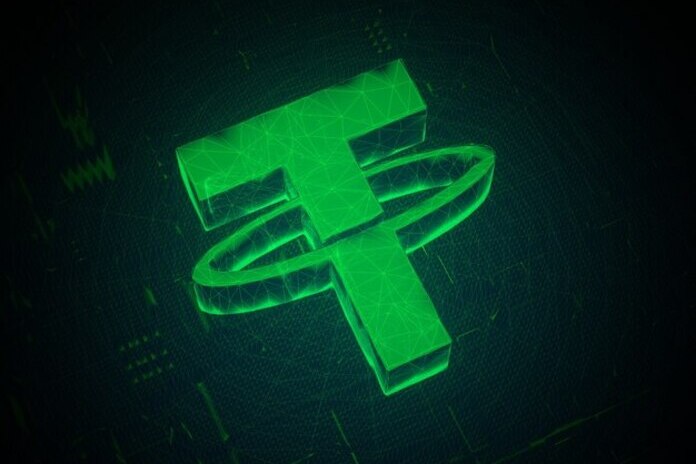This post was originally published on this site
Tether (USDT) has formed a partnership with Fuze, a digital assets infrastructure provider, to bolster education and awareness about digital assets in Turkey and the Middle East. The collaboration, detailed in an official press release, entails a Memorandum of Understanding (MoU) between the two entities, outlining mutual objectives without legal binding.
The joint efforts between Tether and Fuze aim to cover a spectrum of educational aspects within the digital asset domain, including cross-border payment solutions, compliance, regulatory framework development, and education for local financial institutions.
Initiative to Drive Cryptocurrency Adoption
At the heart of the collaboration lies a set of educational initiatives aimed at nurturing the uptake of digital assets, including Bitcoin, Blockchain, and Stablecoins like Tether (USDT), specifically for facilitating cross-border transactions. These campaigns underscore the efficiency and accessibility advantages of employing digital assets compliantly, benefiting businesses and individuals across Turkey, the Middle East, and North Africa.
Paolo Ardoino, CEO of Tether, expressed enthusiasm about the collaboration, highlighting its potential to democratize access to digital assets in the targeted regions.
Educational Programs and Workshops
Tether and Fuze will collaborate on developing programs and workshops aimed at enhancing awareness and comprehension of digital assets and blockchain technology among local financial institutions and individuals. These initiatives will conform to evolving regulatory standards, ensuring compliance amidst regulatory changes.
Focus on Practical Utility of Crypto
Additionally, the partnership seeks to enlighten merchants and enterprises about the practical usefulness of digital assets such as Bitcoin and Tether for day-to-day transactions. Raising awareness and promoting adoption aims to showcase the tangible benefits of digital assets in routine operations.
Engagement with Financial Institutions
Efforts will extend to engaging local and regional banks and financial institutions, equipping them with knowledge and tools to effectively utilize stablecoins and digital assets for their clientele.
Fuze’s Co-Founder and CEO, Mo Ali Yusuf, emphasized the importance of educating stakeholders across all levels to accelerate the digital assets landscape and maximize opportunities while maintaining security and trust.
Market Performance and Challenges
Tether’s USDT recently surpassed a market capitalization of $100 billion, marking a 9% year-to-date growth. It maintains a substantial lead over its closest competitor, USD Coin (USDC), with a market cap exceeding $71 billion.
However, concerns about the quality of assets backing USDT persist in the crypto space, with a recent United Nations report citing Tron’s popularity in cyber fraud and money laundering activities in Southeast Asia. Tether has refuted these accusations, emphasizing its collaboration with law enforcement agencies and the traceability of its token.
Featured Image: Freepik
Please See Disclaimer
